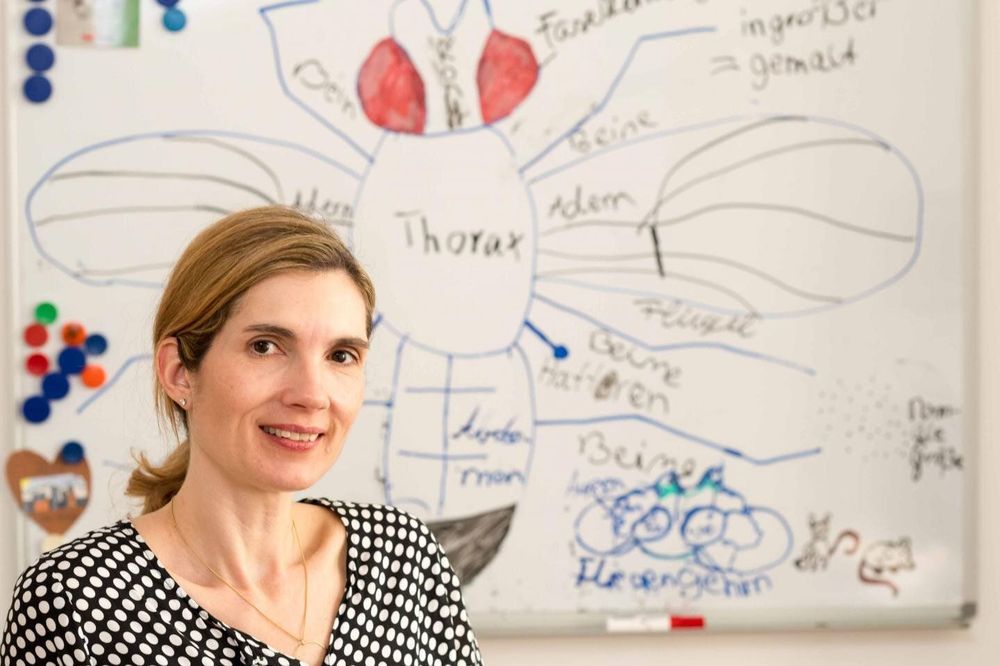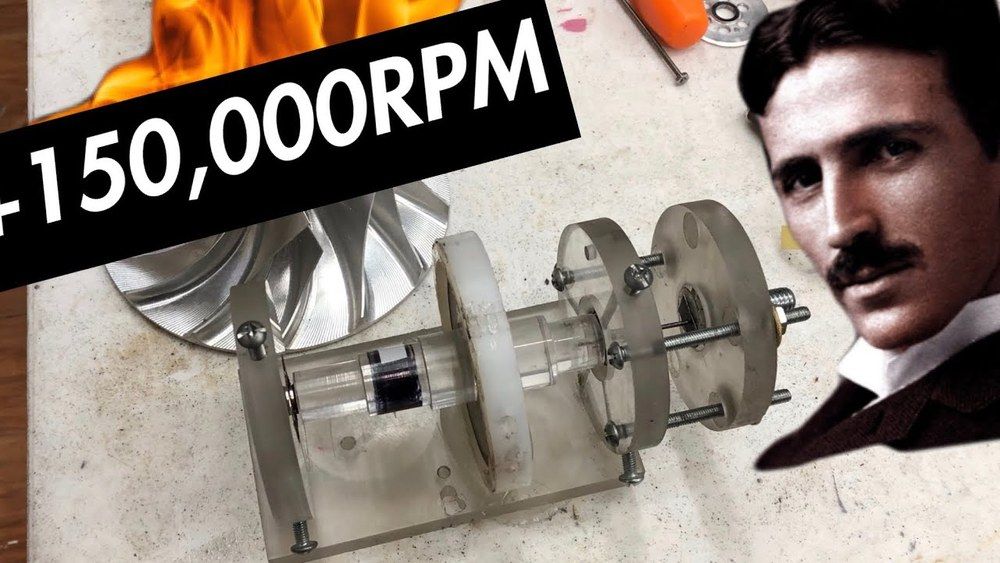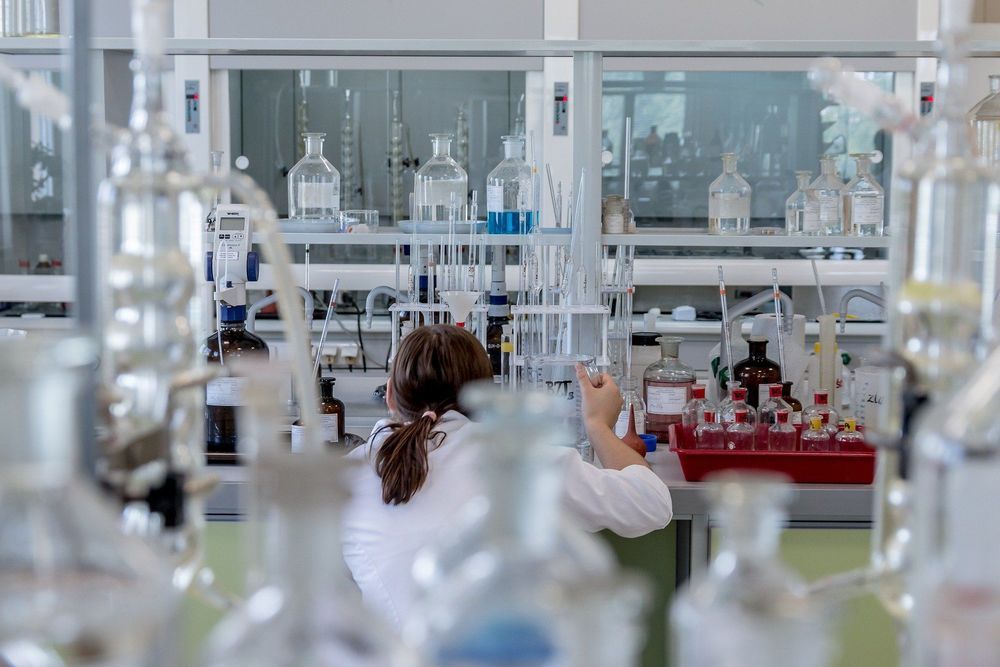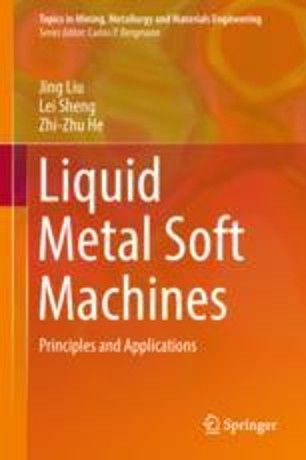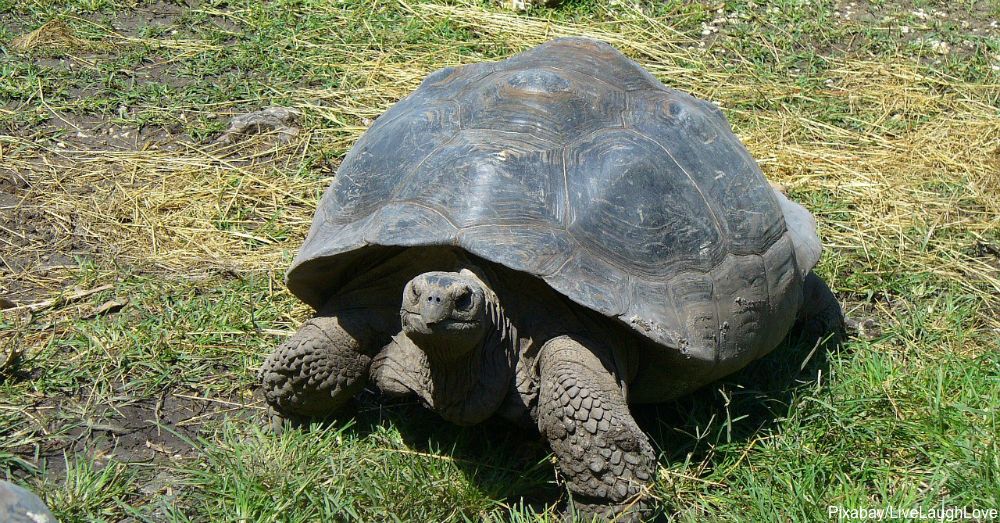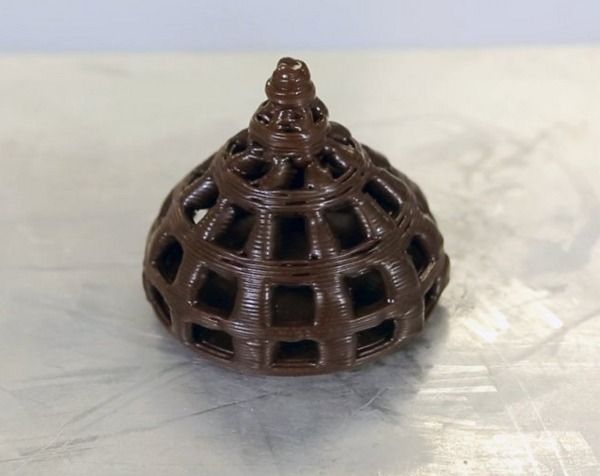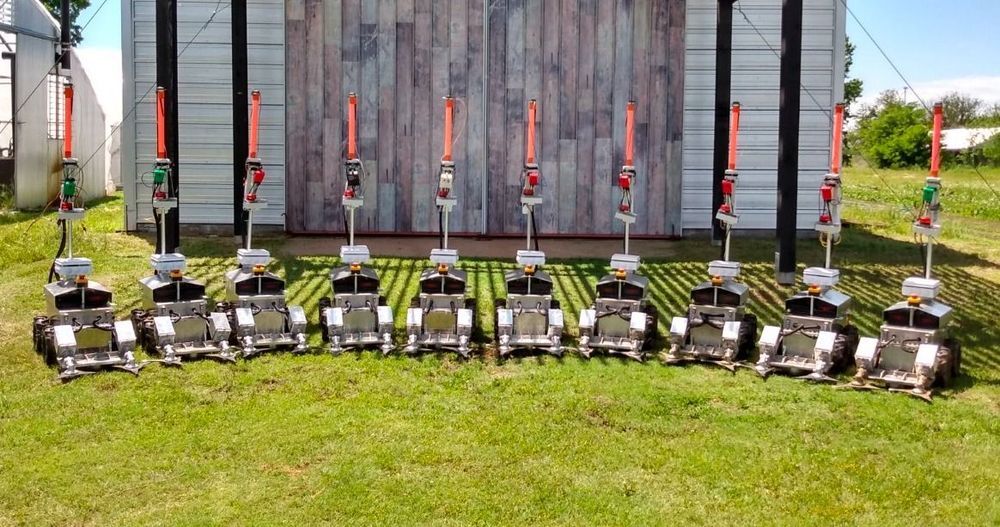Animals have an innate preference for certain scents and tastes. Attractive scents are linked to things like good food. Less attractive scents—that of spoiled food, for example—instinctively give the animal a signal which says: “There could be danger here!” When it comes to taste, all animals have similar preferences: Sugars and fats are perceived positively, whereas a bitter taste is perceived rather negatively.
In order to be able to make such evaluations, we need signals in the brain that tell us “This is good” or “This is bad.” The dopaminergic system in the brain, better known as the reward system, plays an important role in these evaluations.
